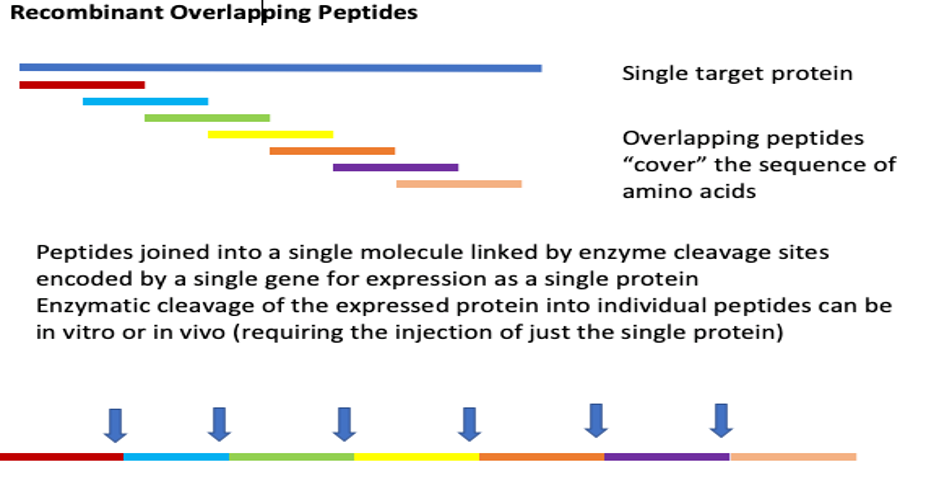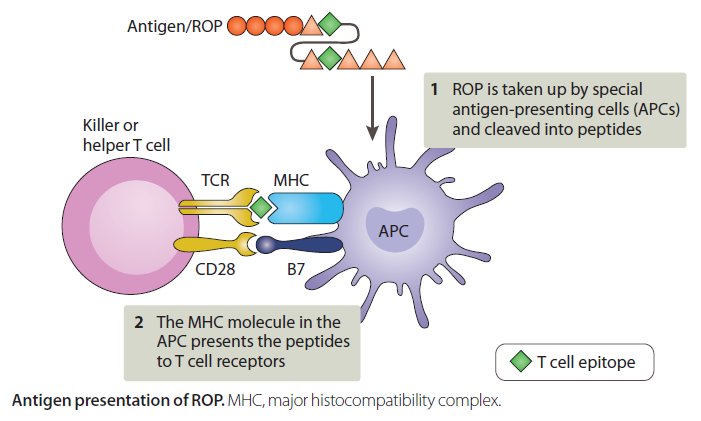Technology
technology
Recombinant Overlapping Peptide
Tumours can often avoid being targeted by these T Cells by looking like a cell found normally in the body often referred to as “self”. If a group of T Cells can be encouraged to recognise these tumours as foreign and not self then they will attack the tumour and provide an effective treatment against it.
Injecting a preparation that stimulates these T Cells effectively vaccinates the patient against the tumour providing immediate treatment and longer term protections against it. The Oxford Vacmedix technology – the Recombinant Overlapping Peptides – is a powerful preparation that delivers just this result  .
.
Overlapping peptides have been found to be very effective in providing treatment for cervical cancer in early work (Ref Kenter et al.,New England Journal of Medicine, 2009, 361: 1838 – 1847). These materials had to be produced synthetically making them both expensive and hard to produce consistently. The patented Recombinant Overlapping approach produces a much more effective which is both simpler and more economical to produce.

The ROP technology platform has wide applications in cancer and infectious diseases. New ROP vaccines are easy to design and fast to synthesize.
Compared with conventional vaccines the ROP technology shows:
- much greater efficacy as it is applicable all HLA types and stimulates CD8 as well as CD4 T-cells
- a much greater immunogenic effect and
- the potential for synergy with other immune oncology agents, to enhance and extend the duration of effect.
The recombinant approach also has low manufacturing costs and simple regulatory pathways.
T Cell Receptor
Contact us
If you want to have a quick chat, or leave us some feedback,
you can contact us using any of the methods below
- www.oxfordvacmedix.com
- enquiries@oxfordvacmedix.com
- +44 (0) 1865 784074
- Oxford Vacmedix UK Limited, The Magdalen Centre, The Oxford Science Park, Oxford, OX4 4GA
